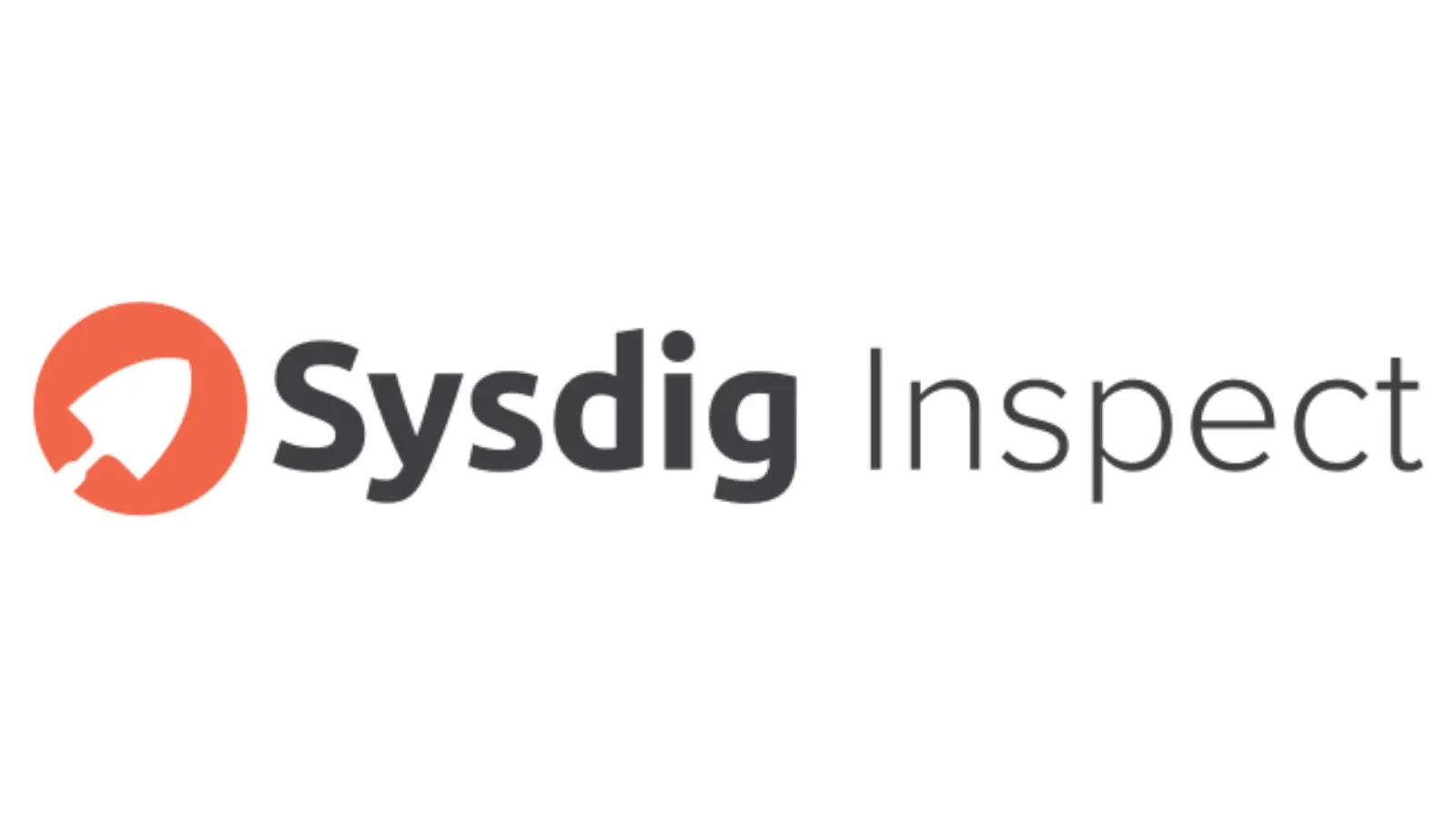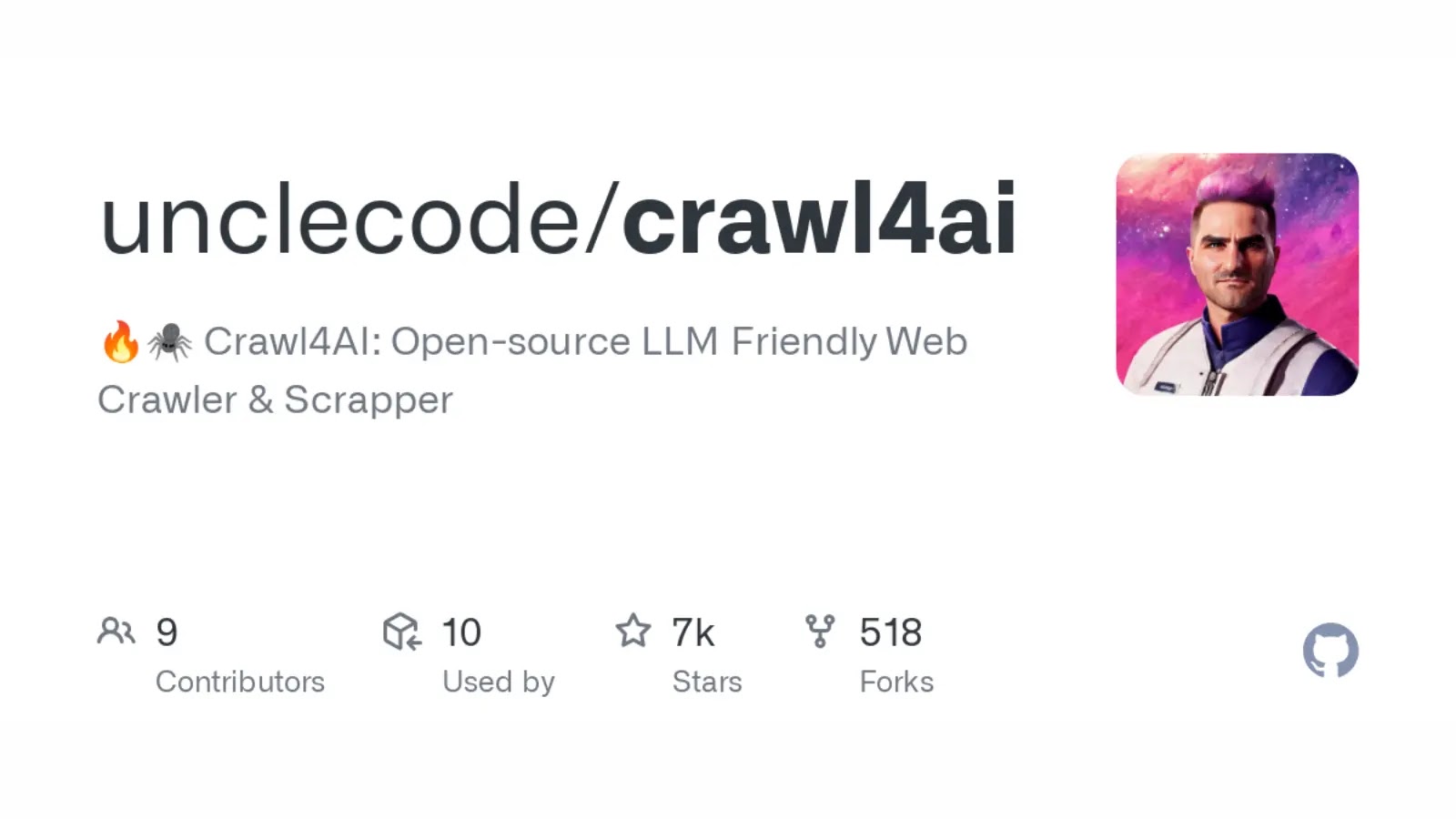Of course! The piece “Cheat.sh: Unified Access to the Best Community Driven Cheat Sheets” talks about a new tool for programmers and IT experts. Cheat.sh has a simple interface that lets you quickly read cheat sheets for many programming languages, database management systems, and important UNIX and Linux commands.
It stands out because it covers a lot of ground and is run by the community, getting its information from trustworthy sources and sites like StackOverflow. Notably, Cheat.sh can be used anywhere and doesn’t need to be installed for simple functions.
It also has an offline mode. Its best features are its lightning-fast response times, its ability to work with famous code editors, and its unique “stealth mode” for use in plain sight. It’s possible that the article goes into detail about how Cheat.sh works, its different features, and how to best use it to get more done and learn more in the tech field.
Unified access to the best community driven cheat sheets repositories of the world.
Let’s imagine for a moment that there is such a thing as an ideal cheat sheet. What should it look like? What features should it have?
- Concise — It should only contain the things you need, and nothing else.
- Fast — It should be possible to use it instantly.
- Comprehensive — It should contain answers for every possible question.
- Universal — It should be available everywhere, anytime, without any preparations.
- Unobtrusive — It should not distract you from your main task.
- Tutoring — It should help you to learn the subject.
- Inconspicuous — It should be possible to use it completely unnoticed.
Such a thing exists! It’s easy to install and there’s even auto-complete.
Features
cheat.sh
- Has a simple curl/browser/editor interface.
- Covers 56 programming languages, several DBMSes, and more than 1000 most important UNIX/Linux commands.
- Provides access to the best community driven cheat sheets repositories in the world, on par with StackOverflow.
- Available everywhere, no installation needed, but can be installed for offline usage.
- Ultrafast, returns answers within 100 ms, as a rule.
- Has a convenient command line client,
cht.sh, that is very advantageous and helpful, though not mandatory. - Can be used directly from code editors, without opening a browser and not switching your mental context.
- Supports a special stealth mode where it can be used fully invisibly without ever touching a key and making sounds.
Usage
To get a cheat sheet for a UNIX/Linux command from a command line, query the service using curl or any other HTTP/HTTPS client specifying the name of the command in the query:
curl cheat.sh/tar
curl cht.sh/curl
curl https://cheat.sh/rsync
curl https://cht.sh/trAs you can see, you can use both HTTPS and HTTP to access the service, and both the long (cheat.sh) and the short (cht.sh) service names.
Here tar, curl, rsync, and tr are names of the UNIX/Linux commands you want to get cheat sheets for.
If you don’t know the name of the command you need, you can search for it using the ~KEYWORD notation. For example, to see how you can make snapshots of a filesystem/volume/something else:
curl cht.sh/~snapshotThe programming language cheat sheets are located in special namespaces dedicated to them.
curl cht.sh/go/Pointers
curl cht.sh/scala/Functions
curl cht.sh/python/lambdaTo get the list of available programming language cheat sheets, use the special query :list:
curl cht.sh/go/:listAlmost each programming language has a special page named :learn that describes the language basics (that’s a direct mapping from the “Learn X in Y” project). It could be a good starting point if you’ve just started learning a language.
If there is no cheat sheet for a programming language query (and it is almost always the case), it is generated on the fly, based on available cheat sheets and answers on StackOverflow. Of course, there is no guarantee that the returned cheat sheet will be a 100% hit, but it is almost always exactly what you are looking for.
Try these (and your own) queries to get the impression of that, what the answers look like:
curl cht.sh/go/reverse+a+list
curl cht.sh/python/random+list+elements
curl cht.sh/js/parse+json
curl cht.sh/lua/merge+tables
curl cht.sh/clojure/variadic+functionIf you don’t like an answer for your queries, you can pick another one. For that, repeat the query with an additional parameter /1, /2 etc. appended:
curl cht.sh/python/random+string
curl cht.sh/python/random+string/1
curl cht.sh/python/random+string/2Cheat sheets are formatted as code of the queried programming language (at least we are trying our best to do so) so they can be pasted into a program in this language directly. Text comments, if there are any, are formatted according to the language syntax.
$ curl cht.sh/lua/table+keys
-- lua: retrieve list of keys in a table
local keyset={}
local n=0
for k,v in pairs(tab) do
n=n+1
keyset[n]=k
end
--[[
[ Note that you cannot guarantee any order in keyset. If you want the
[ keys in sorted order, then sort keyset with table.sort(keyset).
[
[ [lhf] [so/q/12674345] [cc by-sa 3.0]
]]
For more click here..

.webp)








.webp)









.webp)
